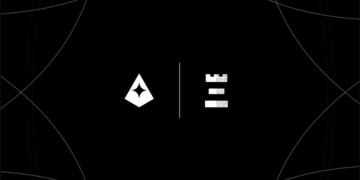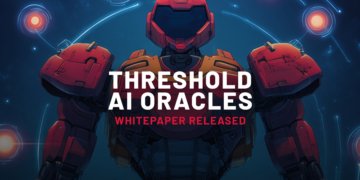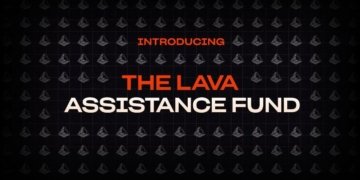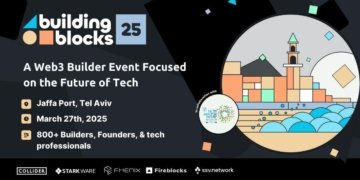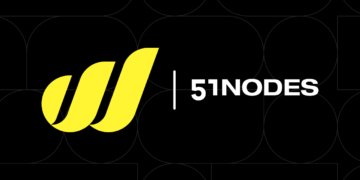
NFT Market Faces Challenges in 2023 Amid DeFi Surge
The world of digital assets is witnessing a dynamic shift as we plunge deeper into 2023. The once booming Non-Fungible Token (NFT) market faces a new set of challenges, while Decentralized Finance (DeFi) continues to rise, exerting an influence on the crypto landscape. A recent report has revealed that NFTs have had their worst year since 2020, marking a significant turn of events. Let’s explore what this means for investors, creators, and enthusiasts.
The Rise and Fall of NFTs
Non-Fungible Tokens surged in popularity in 2021, revolutionizing the digital art and collectibles space. From high-profile celebrity-backed projects to cutting-edge digital artworks, NFTs promised a new era of digital ownership and creativity. However, by 2023, the market had cooled markedly, leaving many to question the sustainability and value of these unique digital assets.
Key Challenges Facing the NFT Market
- Market Saturation: As more creators flooded the NFT market, the ecosystem became oversaturated, leading to diminished returns on many projects.
- Speculation vs. Utility: NFT trading soared initially due to speculative interest, but the focus is now shifting to real-world utility and integration.
- Environmental Concerns: The energy-heavy processes of minting and trading NFTs garnered criticism, urging developers to explore more sustainable options.
- Regulatory Scrutiny: Increased regulatory attention is bringing uncertainty, impacting the confidence of both investors and creators.
The Triumphant Rise of DeFi
While NFTs face their hurdles, Decentralized Finance, or DeFi, is taking center stage in 2023. DeFi technologies offer innovative solutions to traditional financial systems, promising greater transparency, security, and accessibility. As DeFi gains traction, its impact on the wider crypto market, including NFTs, is impossible to ignore.
DeFi’s Key Drivers
- Decentralized Exchanges (DEXs): DEXs are revolutionizing how digital assets are traded, providing peer-to-peer exchanges without intermediaries.
- Lending and Borrowing Platforms: DeFi lending platforms are bypassing conventional banks, offering users higher interest rates and eliminating bureaucratic barriers.
- Yield Farming: Offering users the ability to earn rewards by staking their crypto assets, yield farming is attracting a plethora of investors.
- Smart Contracts: These self-executing contracts with terms directly written into code ensure efficiency and trust in transactions.
Interplay Between NFTs and DeFi
The evolving dynamics of DeFi are influencing the NFT space. By integrating DeFi functionalities, NFTs can regain momentum and relevance. For instance, combining NFT ownership with DeFi lending or making NFTs a part of yield farming strategies could breathe new life into the market. By focusing on real-world applications and financial integrations, NFTs can move beyond mere collector items to offer tangible benefits.
Opportunities for Growth
- Utility-Driven NFTs: NFTs with real-world use cases, such as digital identity verification or intellectual property rights, could drive growth.
- Fractionalized Ownership: Breaking NFTs into fractions offers more accessibility, allowing smaller investors to partake in the market.
- Gaming and Metaverse Applications: The integration of NFTs into gaming and virtual worlds will solidify their place in digital ecosystems.
Conclusion
The NFT market is undoubtedly at a crossroads in 2023, challenged by market saturation and evolving investor expectations. However, the rise of DeFi presents an opportunity for NFTs to innovate and integrate more deeply into the digital economy. As DeFi technologies continue to reshape the financial landscape, NFTs can find renewed purpose and stability, but only if stakeholders focus on utility, sustainability, and real-world applications.
The future remains bright for those willing to adapt and embrace the changing landscape. As a new era of digital assets unfolds, the blending of NFTs and DeFi could pave the way for a revolution in how value is created and shared in the digital age.
“`

